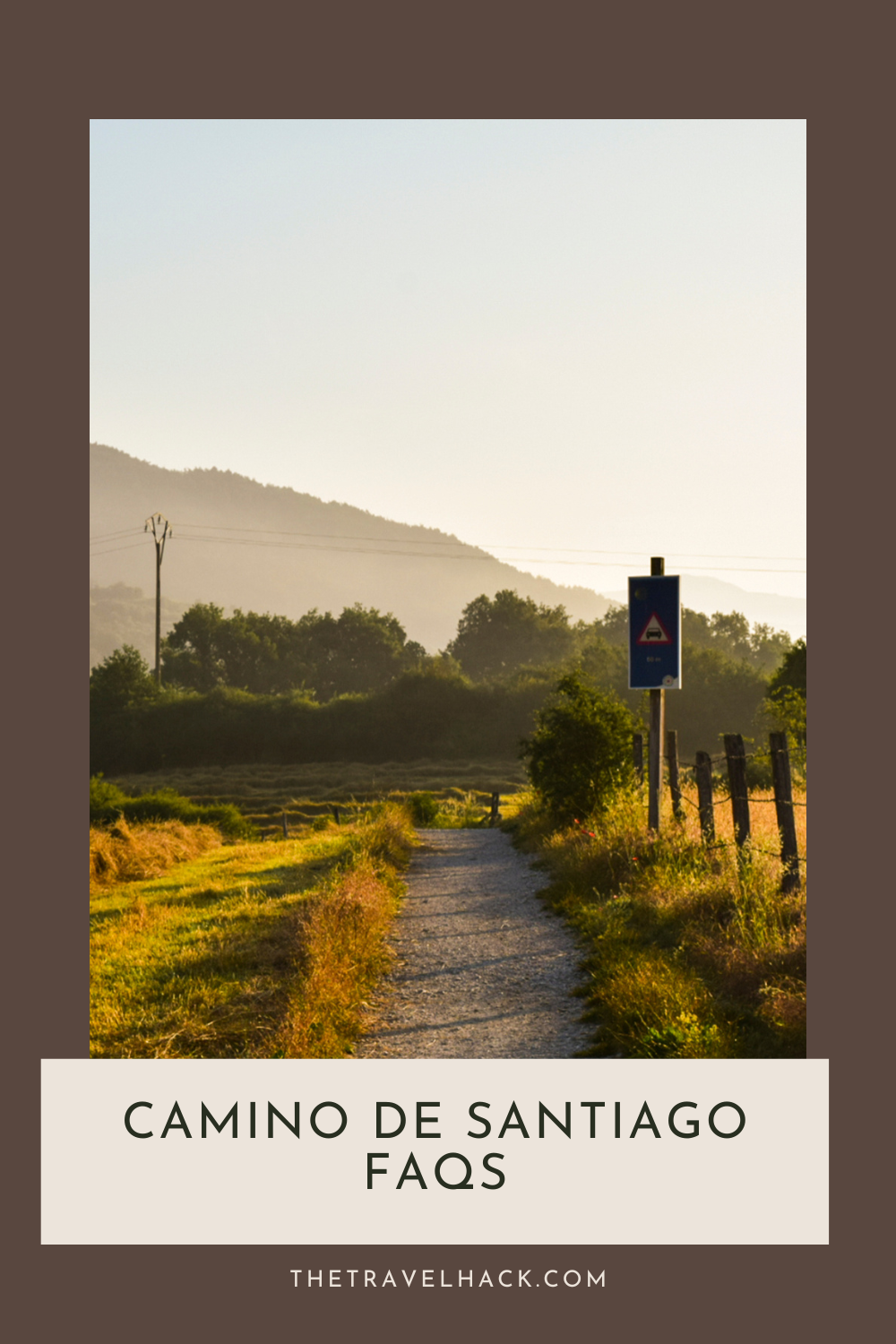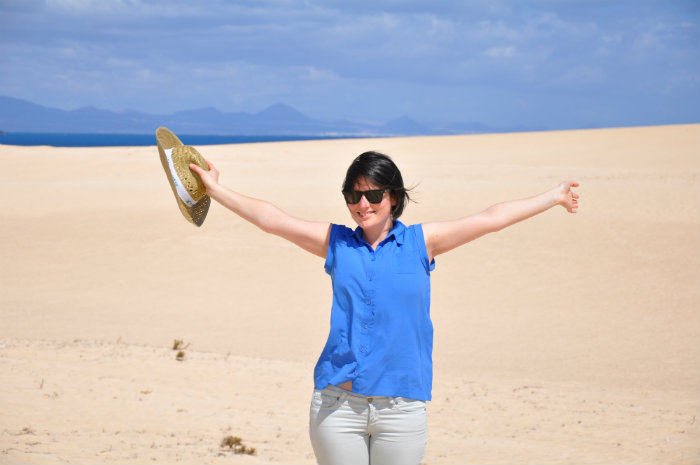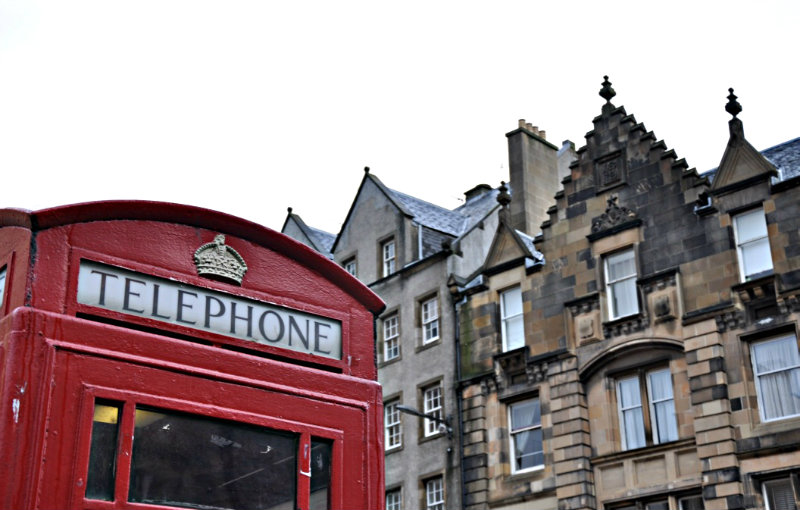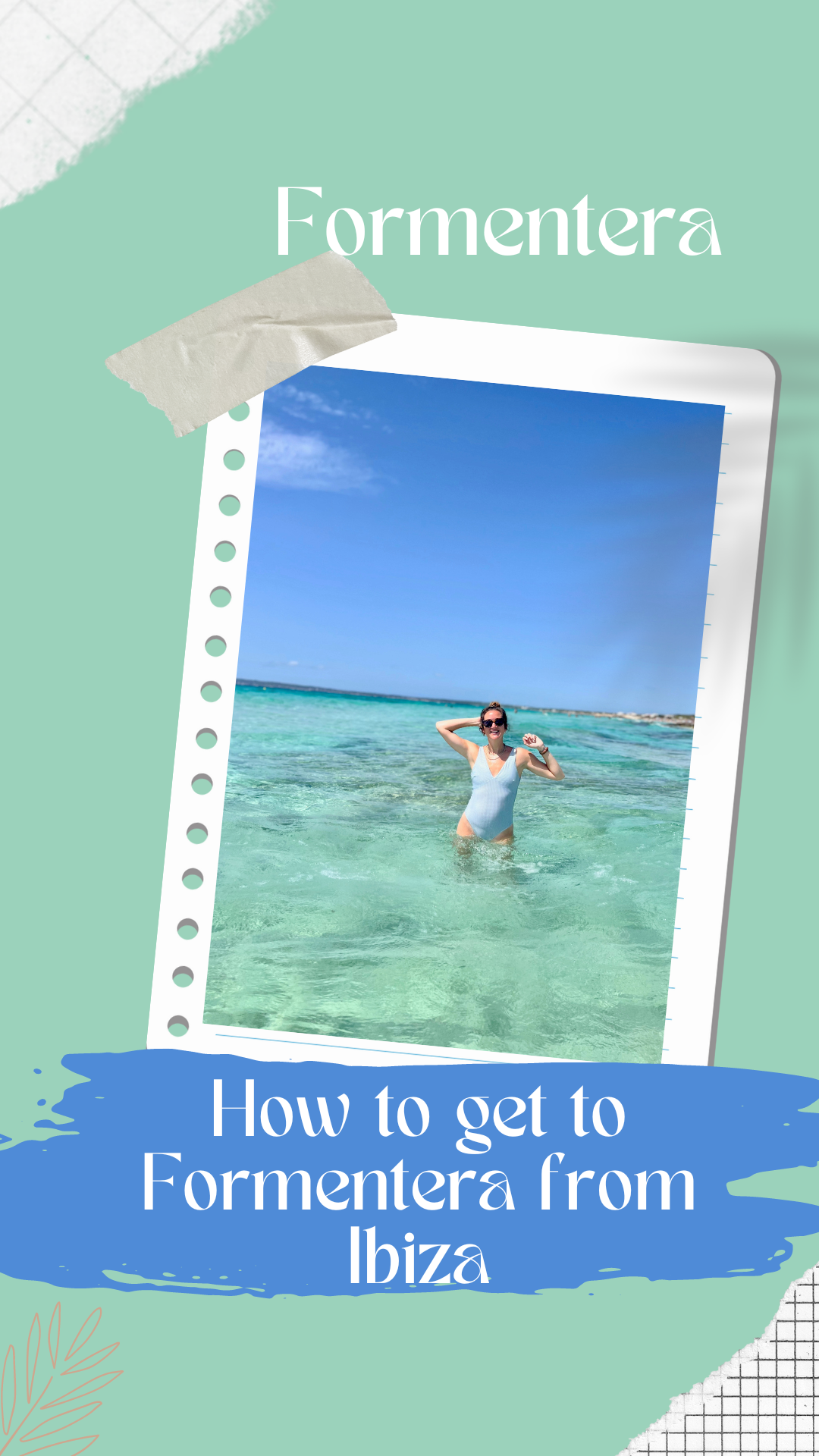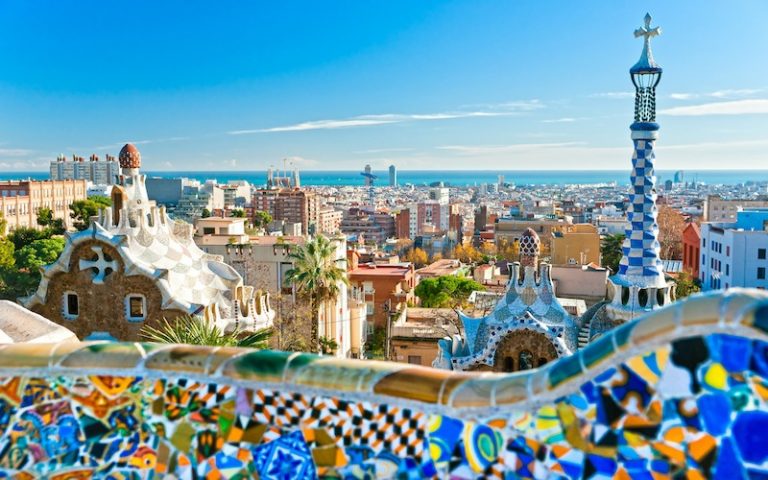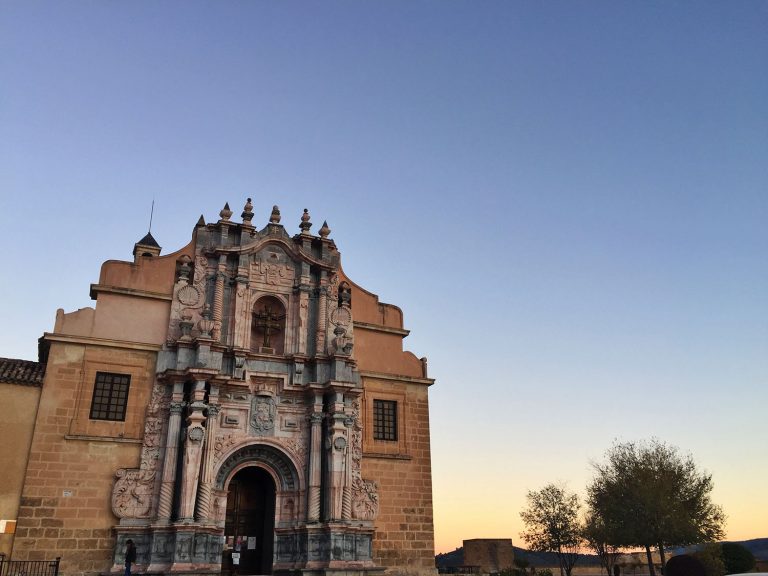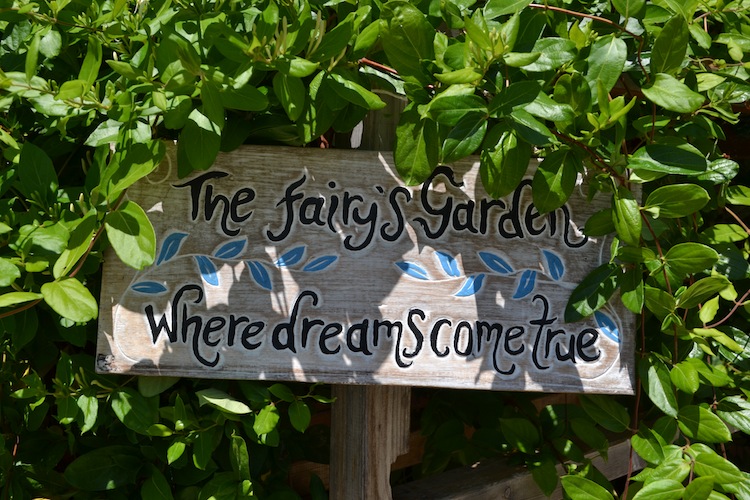What is the Camino de Santiago?
The Camino de Santiago is a famous and ancient Christian pilgrimage route in Spain which usually takes about a month to complete on foot. The most popular route is about 485 miles long and it’s walked by devoted Christians and adventurous alike.
It’s a UNESCO World Heritage Site which leads to the shrine of the apostle St. James the Great, located in the Cathedral of Santiago de Compostela in Galicia, Spain. The pilgrimage has been taken by millions of people since the middle ages and is now completed by over 300,000 people each year. Some people take it for spiritual or religious reasons and other people do it for recreational reasons. It’s often done by people searching for clarity and personal growth.
There are several routes pilgrims can take and the most famous is the Camino Francés (French Way), which is about 485 miles long and starts in the French town of Saint-Jean-Pied-de-Port. Another popular route is the Camino Portugués (Portuguese Way), Camino del Norte (Northern Way), and Camino Primitivo (Original Way).
The Camino de Santiago is usually taken on foot but it can be done by bike or even by horse.
Most people doing the Camino de Santiago will stay in hostels known as ‘albergues’ and they’ll carry a pilgrim’s passport known as a ‘credencial’ which gets stamped at each spot. You get a certificate known as a ‘Compostela’ when you reach Santiago de Compostela.
Here are the answers to some Camino de Santiago FAQs
How do I organise walking the Camino de Santiago?
The easiest way to organise your trip is to use an agency like Santiago Ways. They have lots of options to help organise and book your trip and take a lot of the stress out of arranging it all. The preparations can feel a little complex and overwhelming when you’re booking from home so it’s nice to know that a company with so many positive reviews have everything organised for you. Santiago Ways can even arrange for your luggage to be transferred to your next accommodation, making the whole walk much more enjoyable!
What is the best time of year to walk the Camino de Santiago?
There is no ‘best’ time of year to complete the walk although I’d personally opt for spring or autumn when the temperatures are cooler and there are fewer crowds. The summer months are hotter and there’s a more vibrant and bustling atmosphere which many people enjoy. Winter is colder and there’s a higher chance of rain and even snow but it’s good if you’re looking for a solitary and peaceful experience.
Which route is best to take?
The “best” route on the Camino de Santiago depends on your preferences, including the type of experience you’re seeking, the scenery you enjoy, the time you have available, and your physical condition. Here are some of the most popular routes, each offering distinct experiences:
- Camino Francés (French Way)
- Length: Approximately 780 kilometres (485 miles)
- Starting Point: Saint-Jean-Pied-de-Port, France
- Highlights: Most popular and well-trodden route, rich in history and culture, good infrastructure with ample accommodations, diverse landscapes from the Pyrenees to Galicia.
- Best For: First-time pilgrims, those seeking a social experience with other pilgrims, those interested in a wide variety of cultural and historical sites.
- Camino Portugués (Portuguese Way)
- Length: Approximately 620 kilometres (385 miles) from Lisbon, 240 kilometres (150 miles) from Porto
- Starting Points: Lisbon, Porto, or Tui (shorter option)
- Highlights: Coastal and inland options, rich cultural heritage, relatively mild terrain, fewer crowds compared to the Camino Francés.
- Best For: Those seeking a quieter route with rich cultural and culinary experiences, those starting from Portugal.
- Camino del Norte (Northern Way)
- Length: Approximately 830 kilometres (515 miles)
- Starting Point: Irún, near the French border
- Highlights: Scenic coastal views along the Bay of Biscay, passes through vibrant cities like San Sebastián and Bilbao, rugged terrain with more elevation changes.
- Best For: Experienced hikers, those who enjoy coastal scenery and cooler climates, fewer pilgrims compared to the Camino Francés.
- Camino Primitivo (Original Way)
- Length: Approximately 320 kilometres (200 miles)
- Starting Point: Oviedo, Spain
- Highlights: The oldest Camino route, challenging mountainous terrain, stunning natural landscapes, quieter and more solitary experience.
- Best For: Experienced hikers seeking a more challenging and less-travelled path, those interested in the historical origins of the Camino.
- Camino Inglés (English Way)
- Length: Approximately 120 kilometres (75 miles) from Ferrol, 75 kilometres (47 miles) from A Coruña
- Starting Points: Ferrol or A Coruña, Spain
- Highlights: Shorter route, historically used by pilgrims from the British Isles, passes through charming coastal and inland areas.
- Best For: Those with limited time, those looking for a less crowded and shorter pilgrimage.
- Via de la Plata (Silver Route)
- Length: Approximately 1,000 kilometres (620 miles)
- Starting Point: Seville, Spain
- Highlights: Longest Camino route, passes through diverse Spanish landscapes from Andalusia to Galicia, rich in Roman history.
- Best For: Experienced hikers with ample time, those interested in a long and varied journey.
How do I prepare physically and mentally for the pilgrimage?
You really need to be both physically and mentally prepared for this epic hike. Most people will walk around 10 miles per day so it’s best to hike this distance as often as you can. Once this becomes comfortable, start hiking it with a heavy backpack because that makes all the difference! Make sure you break in all your walking gear and you’re 100% happy with it all.
As well as frequent 10 mile walks, do plenty of strength and flexibility workouts. Have a look on YouTube for ‘strength workouts for hiking’ and ‘yoga for hiking’ and you’ll have lots of great options. I like to incorporate a very heavy kettlebell into my strength workouts.
A huge part of the experience is the mental challenge of walking so far for so long. Meditation and mindfulness are part of the experience. It’s a personal experience and everyone is different but it’s worth watching some YouTube videos where people document their experience to see how it affects other people and might affect you too.
What should I pack to walk the Camino?
Packing for the Camino de Santiago requires careful consideration, as you want to carry only the essentials to keep your backpack light and manageable. The general advice is to keep your pack’s weight to around 10% of your body weight. Here’s a comprehensive packing list below and here are my favourite items for a hiking trip in cool climates.
Backpack – A comfortable, well-fitting backpack with a capacity of 30-40 litres is usually sufficient.
Clothing:
- Quick-dry shirts (2-3)
- Lightweight pants or shorts (1-2)
- Fleece or lightweight jacket (1)
- Rain jacket or poncho (1)
- Underwear (3-4 pairs, quick-dry)
- Socks (3-4 pairs, preferably wool or synthetic)
- Hat (for sun protection)
- Lightweight sleepwear
- Buff or scarf (optional, useful for warmth or sun protection)
Footwear:
- Comfortable, broken-in walking shoes or boots
- Lightweight sandals or flip-flops (for evenings and showers)
Sleeping Gear:
- Lightweight sleeping bag or sleep sack, depending on the season and accommodations.
Toiletries:
- Travel-sized toiletries (toothbrush, toothpaste, soap, shampoo)
- Quick-dry towel
- Sunscreen and lip balm with SPF
- Deodorant
- Personal hygiene products
- Basic first aid kit (blister treatment, band-aids, any personal medications)
Hydration bladder
Snacks and food such as energy bars, nuts, or dried fruit for sustenance between meals.
Smartphone, powerbank and charger (with an adapter for European plugs if needed)
Important Documents
- Passport
- Credencial (Pilgrim’s Passport)
- Cash and Credit/Debit Cards:
Additional Tips
- Minimise: The key to packing for the Camino is to minimise weight. Avoid duplicates and pack items that can serve multiple purposes.
- Layering: Use layers for clothing to adjust to varying temperatures.
- Weather Considerations: Depending on the season, you may need additional cold-weather gear or sun protection.
- Test Your Gear: Use your gear and pack on practice hikes to ensure comfort and functionality.
Do I need to speak Spanish to walk the Camino?
It’s not strictly necessary but it will enhance your experience if you can communicate with Spanish people. Having Google Translate on your phone will definitely help!
How long does it take to complete the Camino?
It depends on the route you’re taking.
Camino Francés – 780 km (485 miles) – 30 to 35 days – 20-25 km (12-15 miles) per day.
Camino Portugués from Lisbon – 620 km (385 miles) – 25 to 30 days – 20-25 km (12-15 miles) per day.
Camino Portugués from Porto – 240 km (150 miles) – 10-15 days – 20-25 km (12-15 miles) per day.
Camino del Norte – 830 km (515 miles) – 35 to 40 days – 20-25 km (12-15 miles) per day but can be more challenging due to elevation changes.
Camino Primitivo – 320 km (200 miles) -12 to 15 days – mountainous and challenging terrain, often resulting in shorter daily distances.
